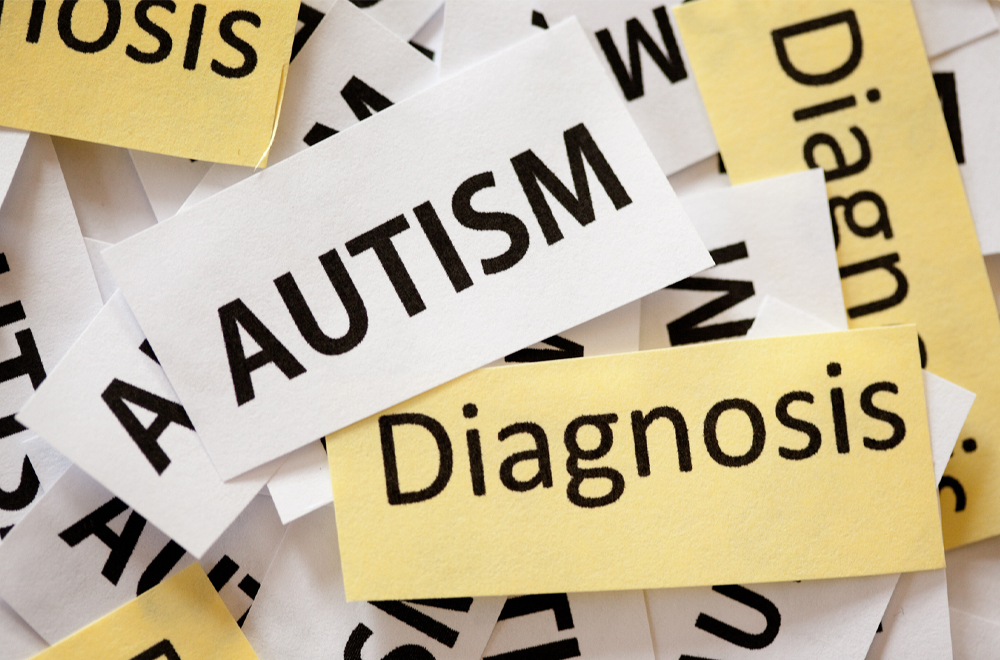A parent-led therapy that supports the social development of babies displaying early signs of autism can significantly reduce the likelihood of an autism diagnosis being made in early childhood.
In a world-first, research from Telethon Kids Institute and the University of Western Australia identified babies developing differently in the first year of life.
“We found that children who received our therapy at age 12 months had significantly improved social and communication skills compared to a control group and were also significantly less likely to meet diagnostic criteria for autism at age 3 years,” Telethon Kids Institute director and study author, Professor Andrew Whitehouse told F2L.
“A striking aspect of the study is the close replication the findings from a previous clinical trial. This replication is a true rarity in autism research and leads us to propose that this therapy is ready for use in clinical practice. This finding also provides strong evidence for a new model of how we provide clinical support to children with developmental differences,” he said.
“Rather than waiting until a diagnosis to start therapy – typically at two years of age at the earliest – we need to identify developmental differences as early as possible. Then we need to provide developmental supports that nurture each child’s strengths.”
The aim of the research was to find a safe and effective way to provide support to neurodivergent babies very early in life, when previously they may have received either no support, or support that could potentially lead to harmful outcomes.
“The therapy we tested, iBASIS-VIPP, is not delivered directly to the babies, but instead focuses on guiding parents as they seek to engage and support their child. Rather than trying to counter neurodivergence, the therapy seeks to help parents understand the unique skills and abilities of their baby, and how they can best engage in a way that makes their child feel perceived and understood. Contrary to any sense of ‘opposing’ autism, this therapy cherishes neurodiversity by attending to and understanding it, giving equal opportunity to these babies for a social environment that is adapted and responsive to them as individuals.”
The developmental improvements the babies experienced are a consequence of creating an environment that supports neurodivergence. The baby is able to benefit like any child from an adapted social environment, Whitehouse said. “Our study showed that this approach is safe and effective in supporting development. Autism cannot be ‘prevented’, and this is not an aim that the study authors believe in. The babies remain neurodivergent, but they are not showing the same degree of developmental barriers that lead them to meet the ‘deficit focused’ DSM-5 diagnostic criteria of autism.
“I want to emphasise that these babies still require support. Systems that provide access to support based on the presence or absence of a diagnosis are flawed and can lead to children missing out on services that they desperately need. The findings of our study provide clear evidence that we can be more effective in providing support by seeking to understand ‘who’ someone is – that is, their strengths and challenges – rather than ‘what’ a child is which is what diagnostic criteria they may meet. System change requires evidence and advocacy. We hope that the evidence provided in this study will be a powerful catalyst for that change.”
He said it is the first time a “pre-emptive” therapy that is, a therapy provided before diagnosis, has shown an effect on autism diagnostic outcomes. “One caveat is that children may change diagnostic categories as they get older and a further follow-up of the children into later childhood will help us understand the longer-term impacts of this therapy.”
More children are now recognised as having difficulties learning social communication skills than previously, which has led to an increase in the numbers of children being diagnosed with autism, now estimated to be 2 per cent of the population.
The study was first published in JAMA Pediatrics.

